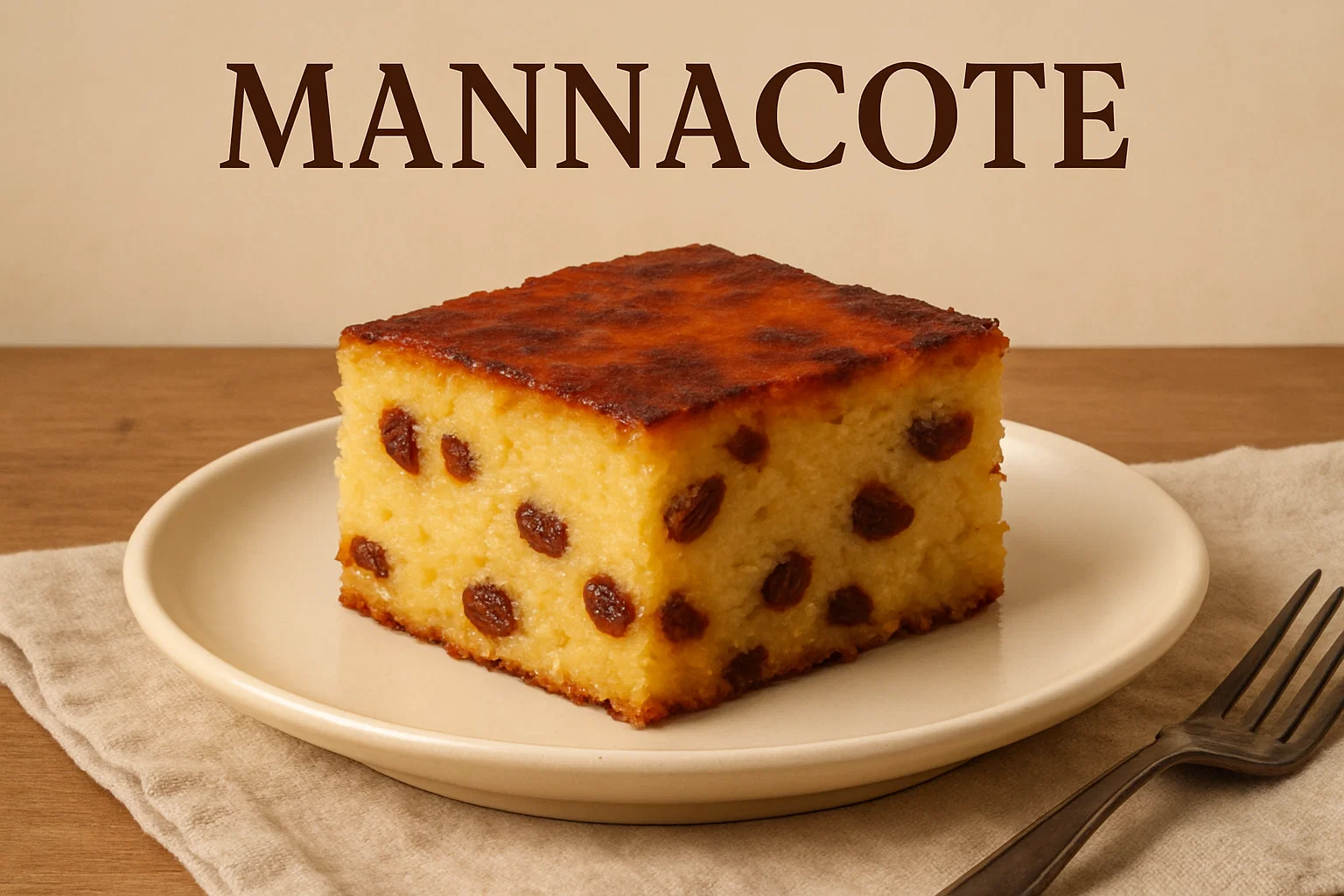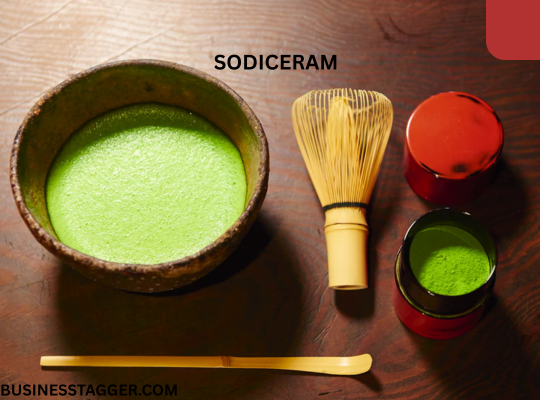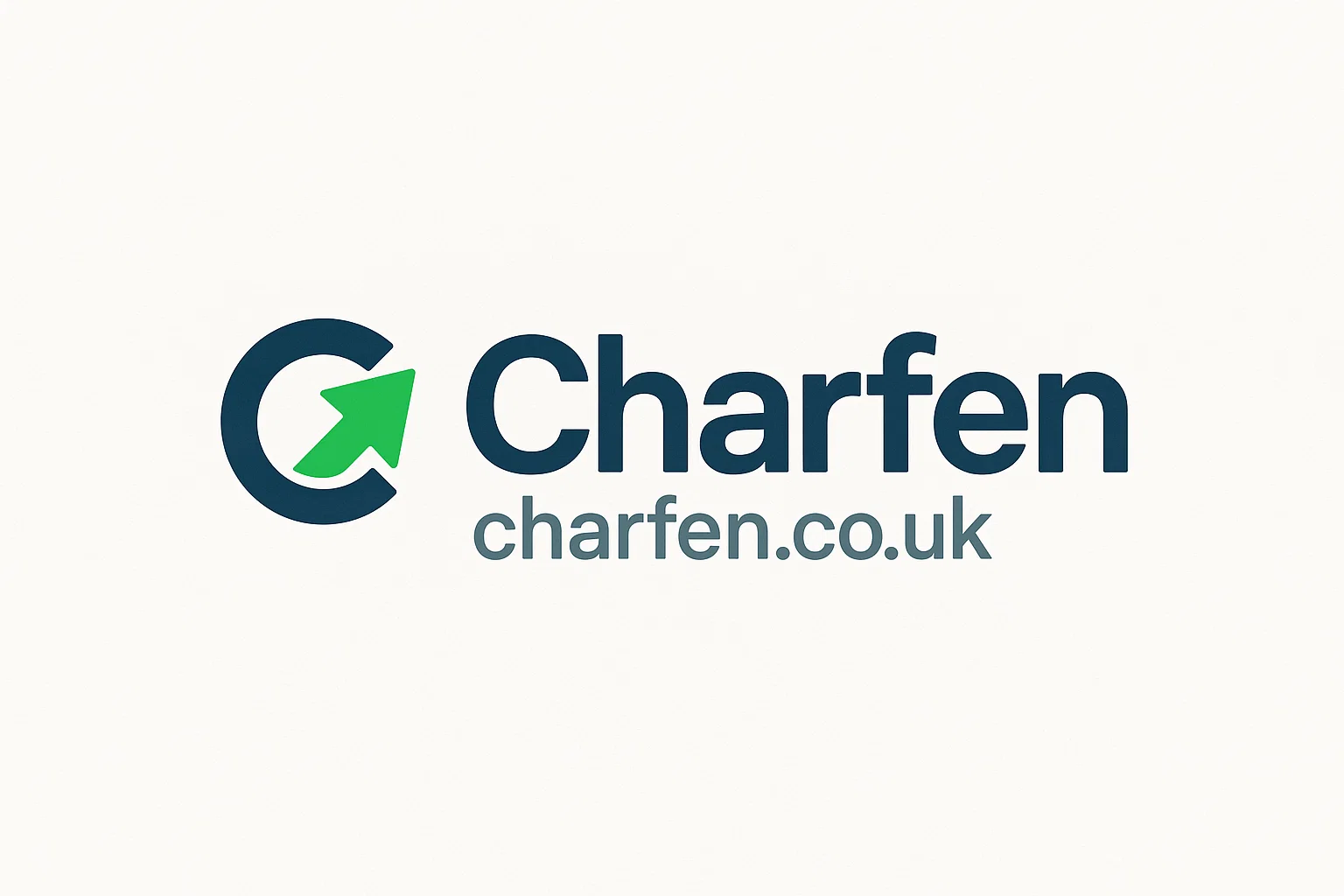In the world of industrial materials, coatings, and specialty compounds, names like Mannacote might not be widely recognized by the general public, but they often play a crucial role in specialized applications. Whether it’s in construction, automotive, aerospace, or chemical industries, such compounds are designed to provide unique properties—ranging from corrosion resistance to enhanced durability, insulation, or waterproofing.
So what exactly is Mannacote? In this article, we’ll explore the possible meanings, uses, and applications of a product or compound that might go by this name. While specific branding or proprietary details may vary, the core idea behind something labeled “Mannacote” suggests an advanced coating or treatment with specialized performance in mind.
What Is Mannacote?
Although “Mannacote” is not a globally recognized mainstream product name at this time, it appears to be structured like a branded or industrial term—combining “Manna” (often associated with nourishment, enrichment, or preservation) with “Cote” (a common stylized spelling of “coat” or “coating”).
Thus, Mannacote likely refers to a protective or functional coating, possibly developed for one of the following purposes:
- Surface sealing or waterproofing
- Anti-corrosion or rust prevention
- Thermal or chemical resistance
- UV or weather shielding
- Food-grade preservation or barrier coating (in some niche applications)
Depending on the formulation, Mannacote could be used on materials such as metal, concrete, plastic, wood, or even fabrics.
Possible Industrial Applications of Mannacote
Let’s break down where and how Mannacote—or similar advanced coatings—may be used across various sectors.
1. Construction and Building Materials
If Mannacote is a waterproofing or sealing agent, it would be highly useful in:
- Roofing systems to prevent leaks and improve heat resistance.
- Concrete structures to protect from moisture ingress and freeze-thaw damage.
- Underground or submerged installations, such as basements, foundations, or tunnels.
Advanced coatings help reduce deterioration and increase the lifespan of infrastructure by forming a protective barrier against water, chemicals, and temperature fluctuations.
2. Metal Protection and Corrosion Control
Corrosion is a major concern in pipelines, marine equipment, vehicles, and machinery. A coating like Mannacote might:
- Prevent oxidation in steel or aluminum components.
- Offer a non-reactive surface in chemical processing plants.
- Serve as an alternative to galvanization or anodizing, especially for interior surfaces.
Such coatings are often used in the oil and gas industry, shipping, and heavy manufacturing to minimize maintenance costs and extend component life.
3. Automotive and Aerospace Applications
Specialty coatings are frequently used in high-performance environments. If Mannacote is engineered for high-temperature stability and wear resistance, it could be applied to:
- Engine parts, brake components, or underbody protection
- Aircraft fuselage elements, where weight reduction and durability are key
- Electric vehicle batteries, as insulation or thermal barrier layers
In both cars and planes, the ability to withstand heat, vibration, pressure, and corrosive agents is critical—making reliable coatings essential.
4. Consumer Goods and Packaging
If Mannacote has food-safe certification or non-toxic properties, it may be used in:
- Food packaging to extend shelf life or prevent contamination
- Reusable containers or coatings for utensils
- Cosmetic or pharmaceutical containers needing moisture control or barrier properties
This type of application demands strict regulatory compliance, but the benefits of extended freshness and protection from environmental factors are considerable.
Advantages of Using Advanced Coatings Like Mannacote
Products like Mannacote offer a range of benefits depending on their chemical formulation and intended use:
- ✅ Extended lifespan of treated materials
- ✅ Reduced maintenance and replacement costs
- ✅ Resistance to extreme weather, UV rays, and chemicals
- ✅ Improved energy efficiency, especially in thermal or reflective coatings
- ✅ Aesthetic appeal, with options for smooth finishes, color matching, or matte/gloss variations
In industrial terms, the return on investment (ROI) for using protective coatings is often very high, especially when used in preventative maintenance or demanding environments.
Safety and Environmental Considerations
As with all industrial chemicals, it’s important that Mannacote—or similar coatings—are assessed for:
- Toxicity and skin contact safety
- Volatile Organic Compounds (VOCs) that may affect indoor air quality
- Disposal and cleanup requirements
- Compliance with environmental regulations like REACH or EPA standards
Modern coatings are increasingly being designed with eco-friendly properties, including water-based formulas, low emissions, and biodegradable ingredients.
Final Thoughts
While “Mannacote” may not yet be a household name, it represents the broader world of industrial coatings and surface treatments that play an essential role behind the scenes in countless industries. Whether protecting buildings, preserving machines, or enhancing product packaging, these coatings contribute to safety, performance, and longevity.
If you’re encountering Mannacote in a professional setting—such as construction, product design, or engineering—it’s worth consulting the technical data sheet (TDS) or material safety data sheet (MSDS) for exact details. That will provide clear instructions on application, curing time, handling, and safety precautions.
As innovation continues, we can expect names like Mannacote to gain more traction, especially as companies seek smarter, stronger, and more sustainable solutions for surface protection and performance enhancement.










